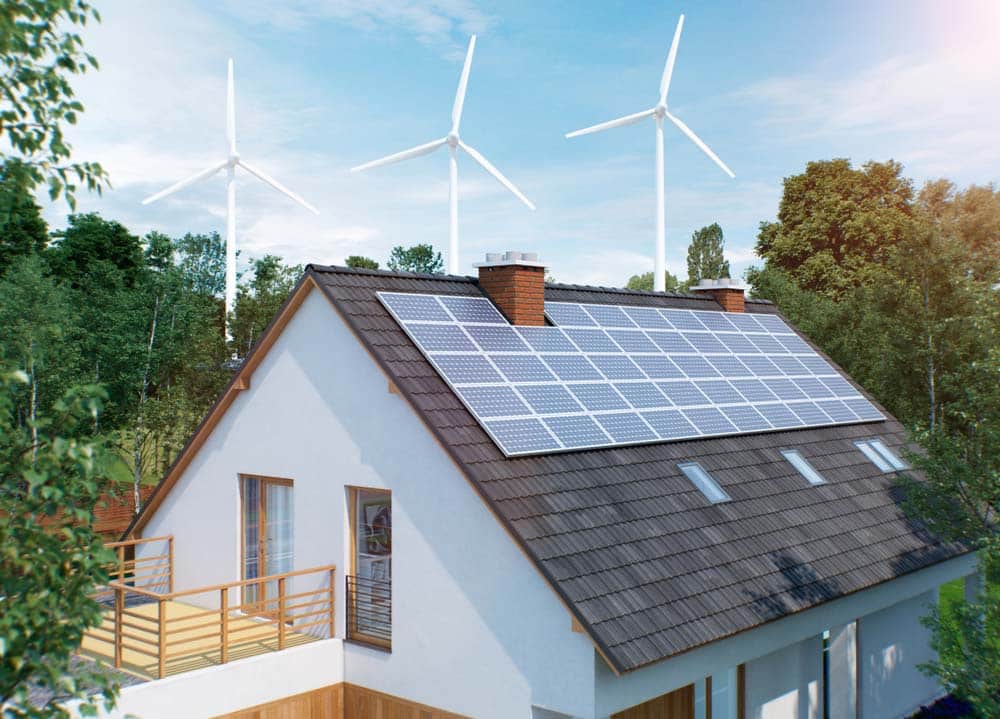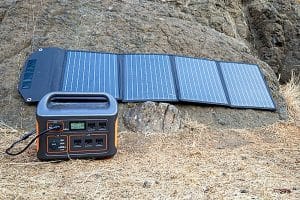As the world continues prioritising sustainability and renewable energy sources, off grid solar systems, have emerged as an attractive option for homeowners and businesses in Australia. These systems allow consumers to independently generate clean, renewable energy, reducing reliance on traditional fossil fuels and power grid networks.
Energy Matters has been a leader in the renewable energy industry since 2005 and has helped over 40,000 Australian households in their journey to energy independence.
Let us discuss and choose the best quote that suits your needs and budget, and we can connect you with our trusted local installers, who will provide up to 3 FREE quotes for your home and business solar energy system.
What exactly is the electricity grid?
The electricity grid in Australia is a complex system that delivers electricity from power stations to homes and businesses across the country. It consists of the main parts:
- Generation is the process of creating electricity. In Australia, most electricity is generated from coal-fired power stations, but there is also a growing use of renewable energy sources such as wind, solar, and hydro.
- Transmission lines carry high-voltage electricity over long distances, connecting power stations to major population centres.
- Distribution lines carry lower-voltage electricity from transmission lines to substations.
There are four major power grids, and nearly all Australians are connected to one, they are.
Energy Australia power outages
To help reduce the risk of power outages, consumers are urged to conserve energy during peak demand periods and to have a plan in place in case of an outage. Consumers can also help by ensuring their appliances are energy efficient and checking their home’s electrical wiring for potential problems.
You can check your bill or get in touch with your energy retailer to find out who your distributor is if you are unsure.
If you are affected by a power outage, you can report it to your electricity retailer or distributor.
Distributor | Distribution Zone (areas served) | NMI prefixes | 24 Hours Fault Numbers | General Number |
Essential Energy (formerly Country Energy) | Essential Energy covers most of regional and rural New South Wales, including Albury, Bathurst, Dubbo, Grafton, Port Macquarie, Queanbeyan, Tamworth and Wagga Wagga. | 400, 420, 440, 450 | 13 20 80 | 13 23 91 |
Ausgrid (formerly Energy Australia) www.ausgrid.com.au | Sydney, Central Coast and Hunter regions of New South Wales, including Sydney, Barry, Merriwa, Nelson Bay, Scone and Waterfall. | 410 | 13 13 88 | 410 |
Endeavour Energy (formerly Integral Energy) www.endeavourenergy.com.au | Sydney’s Greater West, the Southern Highlands and the Illawarra, including Blacktown, Campbelltown, Liverpool, Parramatta, Penrith and Wollongong. | 431 | 13 20 80 | 13 23 91 |
Distributor | Website | 24 Hours Fault Numbers | General Number |
Jemena Electricity | 13 16 26 | 1300 131 871 | |
United Energy | 13 20 99 | 1300 131 689 | |
Citipower | 13 12 80 | 1300 301 101 | |
Powercor | 13 24 12 | 13 22 06 | |
Ausnet Services | 13 17 99 | 1300 360 795 |
Distributor | Website | 24 Hours Fault Numbers | General Number |
SA Power Networks | 13 13 66 | 13 12 61 |
Distributor | Distribution Zone (areas served) | NMI prefixes | 24 Hours Fault Numbers | General Number |
Energex (www.energex.com.au) | South East Queensland stretching from the NSW border in the south to Gympie in the north. This includes the major population areas of Brisbane, the Gold and Sunshine Coasts, Ipswich, Redlands, Logan and Moreton Bay. | 31,QB | 13 62 62 | 13 12 53 |
Ergon (www.ergon.com.au) | All other areas, regional Queensland from coastal and rural areas to the remote communities of outback Queensland and the Torres Strait | 13 22 96 | 13 10 46 |
Understanding off grid solar systems
Off grid, standalone, or autonomous solar systems are self-contained power systems that do not rely on the centralised electrical grid. Instead, solar panels harness energy from the sun through photovoltaic (PV) panels, store it in batteries, and use inverters to convert it into usable electricity. These systems are particularly beneficial in remote or rural areas where grid connection might be expensive or impractical.
Off-grid solar systems typically consist of the following components:
These convert sunlight into electricity.
These store the electricity generated by the solar panels. Deep-cycle batteries, which store extra electricity generated during sunny times for use during overcast days or at night, are commonly utilised in these solar battery systems.
This converts the DC electricity from the batteries into AC electricity that household appliances can use.
This regulates the flow of electricity from the solar panels to the batteries.
This provides power in case the batteries run low or the solar panels are not generating enough electricity.
Check our page to learn more about off grid solar power components.
How do off grid power systems work?
Off-grid solar systems use solar panels to convert sunlight into electricity, which is then stored in batteries for later use. When the batteries are full, the excess electricity can be used to power appliances or exported to the grid. The system automatically switches to a backup generator if the batteries run low.
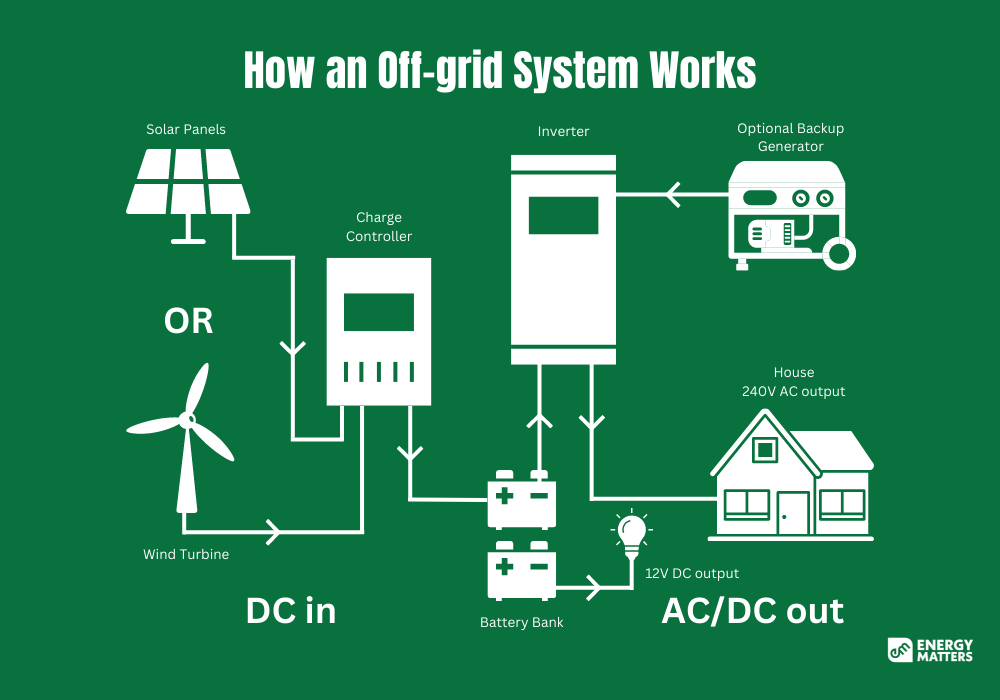
Check out our page to learn more about How do off grid power systems work?
Factors influencing off grid solar system cost
The cost of an off grid solar system heavily depends on its size and capacity, measured in kilowatts (kW). Larger systems that can generate more electricity will generally be more expensive due to the increased number of solar panels and storage capacity required.
High-quality and more efficient solar panels tend to have a higher price tag. However, investing in superior panels can lead to better energy generation and increased long-term savings.
The type and capacity of batteries used to store excess energy impact the overall cost of the system. The type and capacity of batteries used to store excess energy impact the overall cost of the system. Advanced battery technologies might offer greater reliability and efficiency but can be more expensive.
The cost of installing an off grid solar system involves factors such as labour, permits, and additional equipment like mounting structures and wiring. Installation costs can vary based on location and system complexity.
Some off grid solar systems come with maintenance plans or extended warranties, adding to the initial cost but providing peace of mind and potential long-term savings.
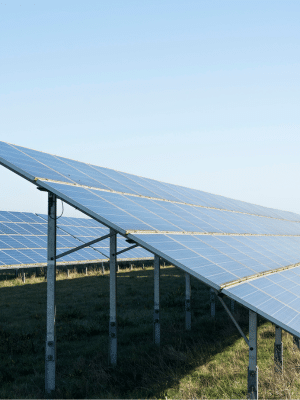
Off grid solar system cost in Australia
The cost of an off-grid solar system can vary depending on a number of factors, including the size of the system, the type of solar panels and batteries used, and the cost of installation. However, off-grid solar systems are generally more expensive than grid-tied systems.
There are a number of government rebates and incentives available to help reduce the cost of off-grid solar systems in Australia. The federal government offers Small-scale Technology Certificates (STCs) and Large-scale Generation Certificates (LGCs) schemes, which provide a rebate for every solar panel installed.
According to Canstar Blue and Solar Choice, the cost of an off-grid system for a basic system for a small cabin is around $25,000 – $30,000, while a larger system for a full-time home is closer to $40,000 – $70,000.
Here’s a rough estimate of the cost of off-grid solar systems in Australia in 2024:
- Basic system (3-5 kW): $25,000-$35,000
- Mid-range system (5-10 kW): $35,000-$50,000
- High-end system (10 kW+): $50,000-$70,000
Tired of being the last to know about updates in the renewable energy world? Missed out on a state rebate or incentive? Looking to find out more about how you can save on your utility bills? Subscribe to Energy Matters’ weekly newsletter and keep updated with Australian and international news, incentives, and offers.
The cost of off-grid solar systems will continue to fall in the coming years. As the technology becomes more efficient and the cost of batteries decreases, off-grid solar systems will become more affordable for homeowners.
Here is a breakdown of the average cost of an off-grid solar system in Australia:
System size for off grid solar | Cost |
3kW of solar with 8-10kWh battery | $15,000 to $20,000 |
6kW of solar with a 20kWh battery | $35,000 to $40,000 |
10kW of solar with a 30kWh battery | $45,000 to $55,000 |
It is essential to note that these costs are estimates and may vary based on individual circumstances and regional factors. Consumers should obtain detailed quotes from reputable solar installers to get accurate pricing specific to their needs.
Is solar energy suitable for your business? Solar energy has numerous advantages that are worth investigating. Investing in solar will minimise your operational costs, reduce your company’s carbon footprint, and prepare it for the future. A commercial property with a solar installation is excellent for business.
When installing commercial solar for a company, it is crucial to be informed of all types of federal government solar rebates, incentives and the many benefits these provide, as they may help Australian businesses become future-ready and sustainable for years to come.
Contact us today for up to 3 FREE quotations from commercial solar firms we’ve pre-qualified and vetted for their track record of delivering Australia’s best business solar systems.
Benefits of off grid solar systems
Cost savings in the long run
Suitable for remote areas
Energy independence
Environmental impact
While the initial investment may seem significant, off-grid solar systems can lead to substantial savings over time. By generating electricity, you can avoid rising utility rates and potentially recoup the system cost through reduced energy bills.
Off grid solar systems are a viable and eco-friendly option for properties located far from the electricity grid, providing electricity in areas where connecting to the grid may be prohibitively expensive.
Off grid solar systems empower consumers to become self-reliant in their energy generation, reducing dependence on traditional utility providers and mitigating the impact of power outages.
Harnessing solar energy helps decrease greenhouse gas emissions, promoting a cleaner and greener environment.
Off grid solar systems are a promising solution for Australians seeking energy independence and sustainable living. Although the initial cost may present a hurdle, the long-term benefits, including reduced energy bills and environmental impact, make them an attractive investment. As technology advances and economies of scale improve, Australia’s off-grid solar system cost is expected to become even more competitive, encouraging consumers to adopt this eco-friendly and self-sufficient energy solution. Learn more about Off-Grid Solar Systems that are Becoming More Accessible and Convenient in Australia.
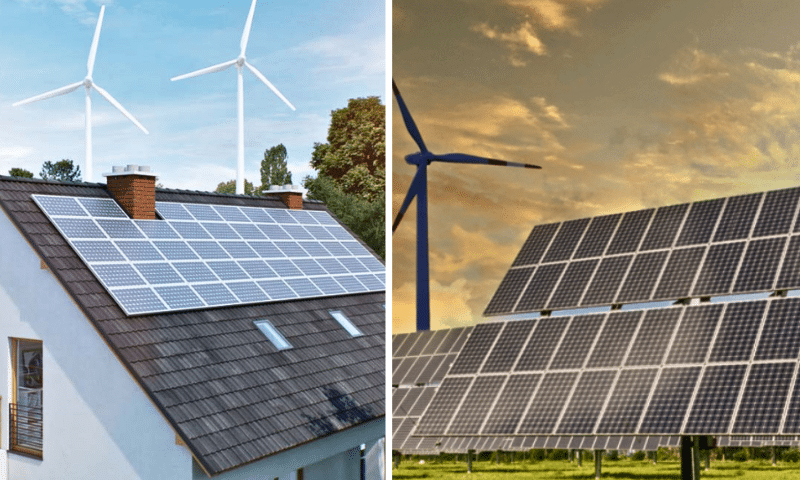
Is an off grid solar system worth it?
The main advantage of an off-grid solar system is that it provides you with complete energy independence. You won’t have to worry about power outages or rising electricity prices. You’ll also be able to contribute to a cleaner environment by reducing your reliance on fossil fuels.
However, there are also some drawbacks to consider before going off-grid. The upfront cost of an off-grid solar system is high, and it may not be worth it for everyone. You’ll also need to ensure that your property has enough sunlight to generate enough solar power.
The decision of whether or not to install an off-grid solar system is a personal one. There are many factors to consider, such as your budget, energy needs, and location. If you are looking for a way to reduce your reliance on the grid, save money on your electricity bills, and contribute to a cleaner environment, then an off-grid solar system may be a good option for you.
Overall, whether or not an off-grid solar system is worth it in Australia depends on your individual circumstances. If you’re looking for a way to save money on your electricity bills, reduce your reliance on fossil fuels, and gain energy independence, then an off-grid solar system may be a good option for you.
Looking to save extra with solar and battery storage?
Looking to save extra with your Sungrow, GoodWe or Tesla Powerwall 2 installed solar battery*? Origin and Energy Matters have teamed up to provide customers with an additional way to save and make money!
Join Origin Loop VPP as an Origin electricity customer and earn a $400 bonus! Earn $1/kWh during peak demand by letting them draw on your battery-stored solar energy.
You’ll also enjoy a 13 c/kWh feed-in tariff^ and enjoy full transparency through the Origin app. No lock-ins; leave anytime, and your yearly energy export is capped at 200kWh. Win-win for you and the grid!
If you already have solar and a battery*, then sign up today! If you don’t, get up to 3 obligation-free quotes by getting in touch with us right away.
*Your battery must be eligible to participate. | ^Feed-in tariff rates are subject to change at any time. All FIT amounts include GST where applicable.
Updated on January 2024











